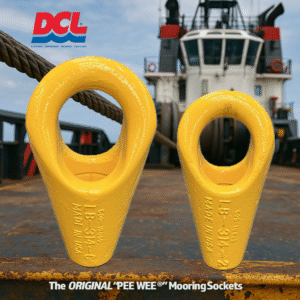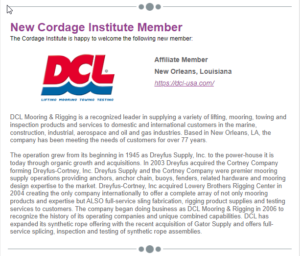How to Caliper Wire Rope
Rope diameter is specified by the user and is generally given in the equipment manufacturer’s instruction manual accompanying the machine on which the rope is to be used.
Rope diameters are determined by measuring the circle that just touches the extreme outer limits of the strands–that is, the greatest dimension that can be measured with a pair of parallel-jawed calipers or machinist’s caliper square. A mistake could be made by measuring the smaller dimension.
Specifications
Wire rope is manufactured to Federal Specification RR-W-410, and to meet the requirements of the American Bureau of Shipping, Lloyd’s Registry, American Petroleum Institute, and others that may be applicable.
Some special-purpose ropes are covered by other specifications. Mining ropes follow the recommended specifications of the U.S. Bureau of Mines. Elevator ropes, to meet conditions peculiar to the operation of passenger and freight elevators, are generally made to other, more restrictive specifications.
Specifications serve a useful purpose in establishing manufacturing limitations. However, they do not specify how good a wire rope may be. They indicate the permissible minimum.
Wire Rope Tolerance
Wire rope is always made larger – never smaller – than the nominal diameter. In standard practice, the nominal diameter is the minimum diameter. All tolerances are taken on the plus side. A rope is not termed oversize until its diameter exceeds the allowable maximum.
Example: a 1-in. nominal-diameter wire rope may vary between 1 in. and 1-3/64 in. in diameter.



